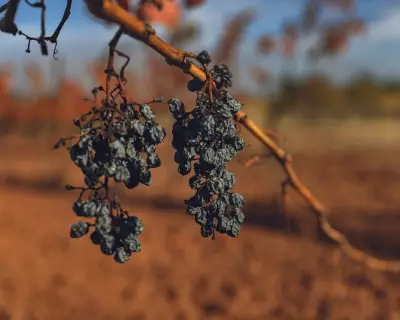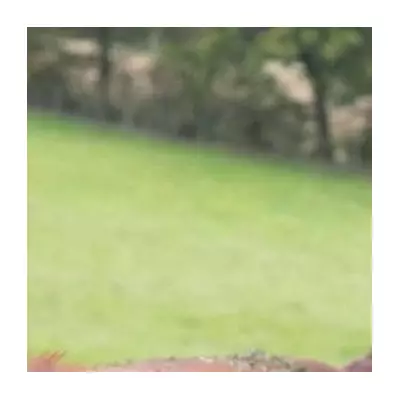
On the rugged Cornish coastline near Hayle, a poignant wildlife drama unfolds as winter waves crash relentlessly against the weather-sculpted shore. This dramatic landscape of notches, cliffs and coves provides the stage for one of nature's most challenging survival stories.
The Grey Seal Colony
From the coastal viewing point, approximately thirty grey seals dot the beach like sea-smoothed pebbles. Their coats present a kaleidoscope of browns, greys and whites, each animal uniquely flecked and mottled with individual patterns. Most cluster together at the cliff base, some sleeping almost piled upon one another, occasionally disturbing their neighbours with an errant flipper slap.
But separate from this communal gathering lies a significantly smaller figure - a bundle of grey peach-fuzz with dark, wide eyes peeping out from beneath a rocky outcrop. This lone grey seal pup, estimated at just four to five weeks old, represents both the vulnerability and resilience of its species.
The Critical First Weeks
Grey seals, scientifically known as Halichoerus grypus meaning "hooked-nosed sea pig," follow a distinctive reproductive pattern. They give birth during winter months, with pups born covered in white fur called lanugo. This special fur provides warmth but isn't waterproof, preventing newborns from swimming during their initial weeks.
Mother seals employ a careful strategy, leaving their pups on beaches while they hunt for fish, returning every few hours to feed them. This system relies on the remarkable bond between mother and pup, who learn each other's scent and voice to ensure successful reunions amid the crowded colony.
The Harsh Reality of Independence
After approximately three weeks, the maternal care ends abruptly. Mothers depart permanently, leaving their pups to navigate life independently. These young seals must learn to swim and dive without instruction, honing hunting skills through trial and error in challenging coastal conditions.
The statistics reveal nature's harshness: 30% of grey seal pups don't survive their first month, and a sobering half perish before reaching their first birthday. The primary threats include starvation, disease, and increasingly, marine pollution.
The observed pup has already developed its waterproof adult coat, but remains highly vulnerable. With its mother likely departed just one or two weeks prior, it now faces the incoming tide alone. As waters advance rapidly toward the cliff base, the shrinking beach will soon force this young seal into the murky depths to begin its solitary journey toward survival.





